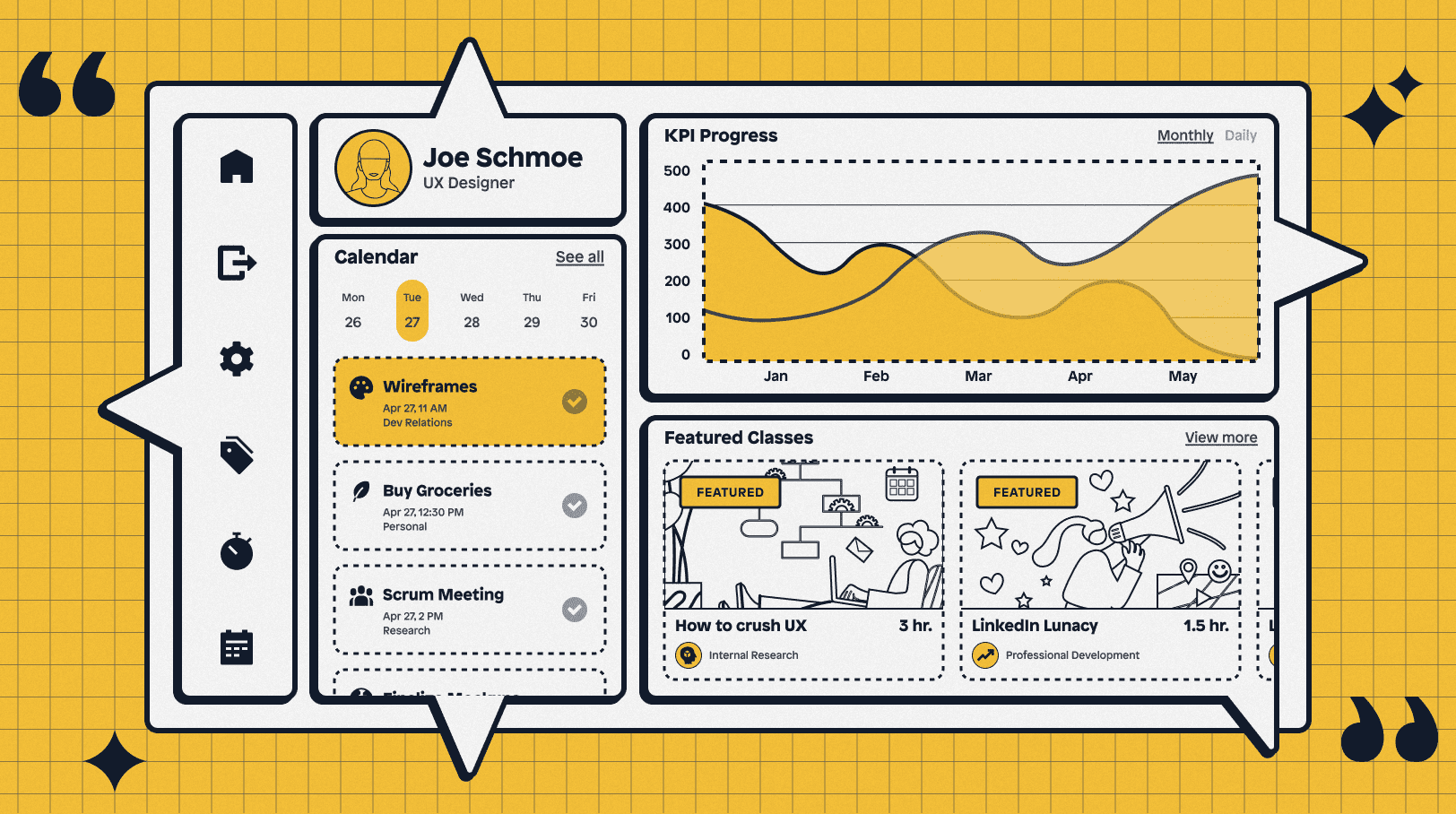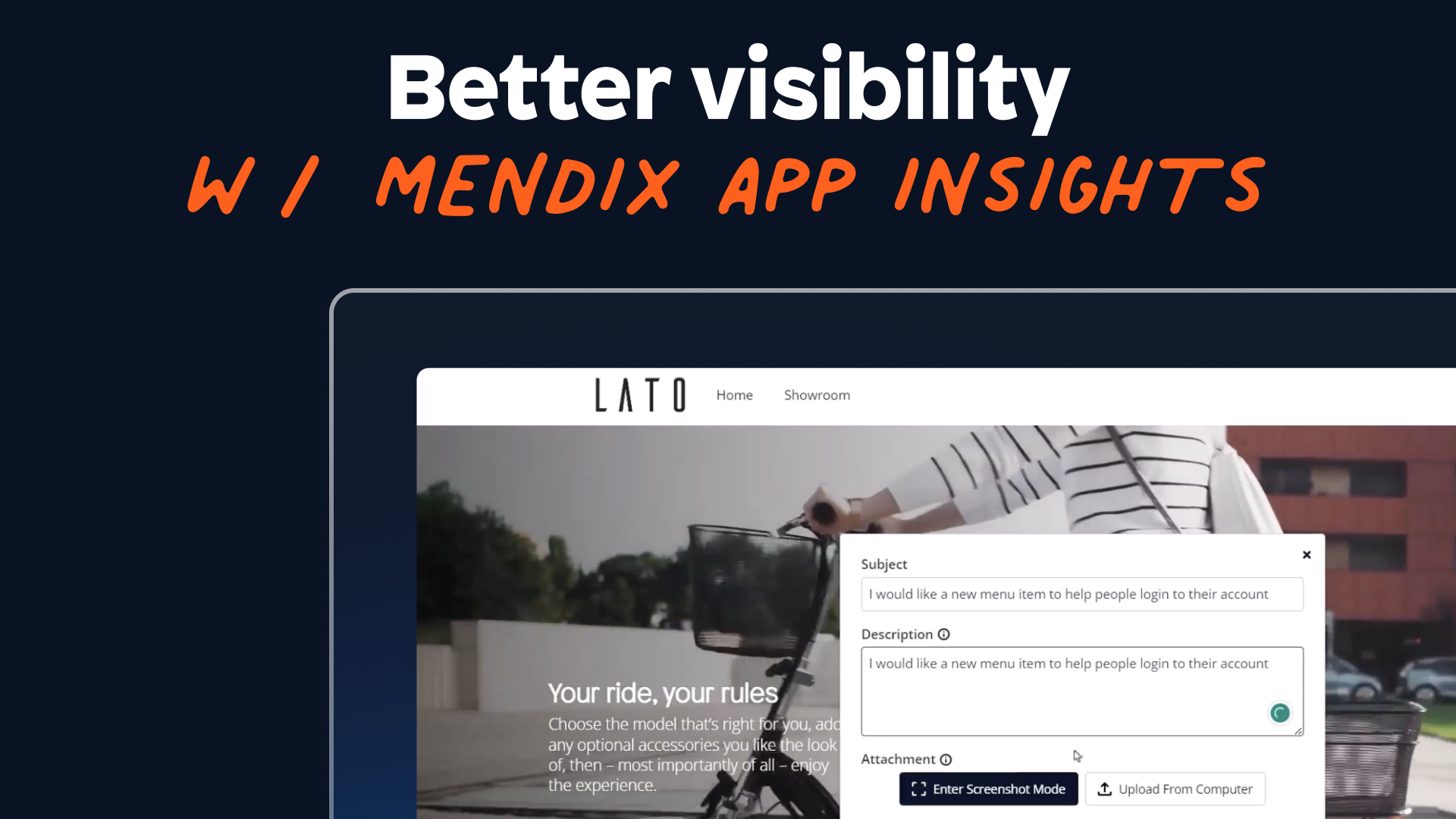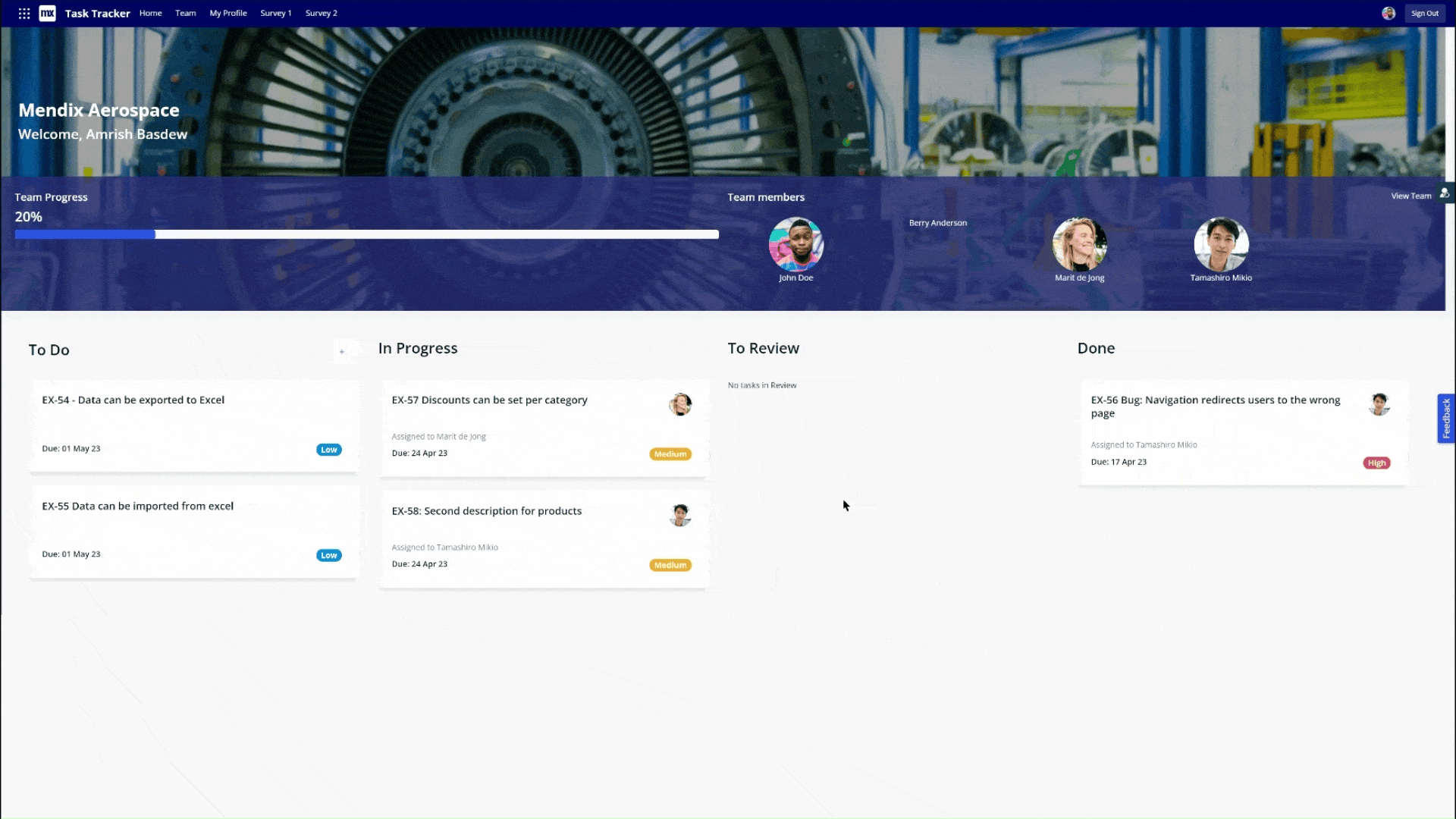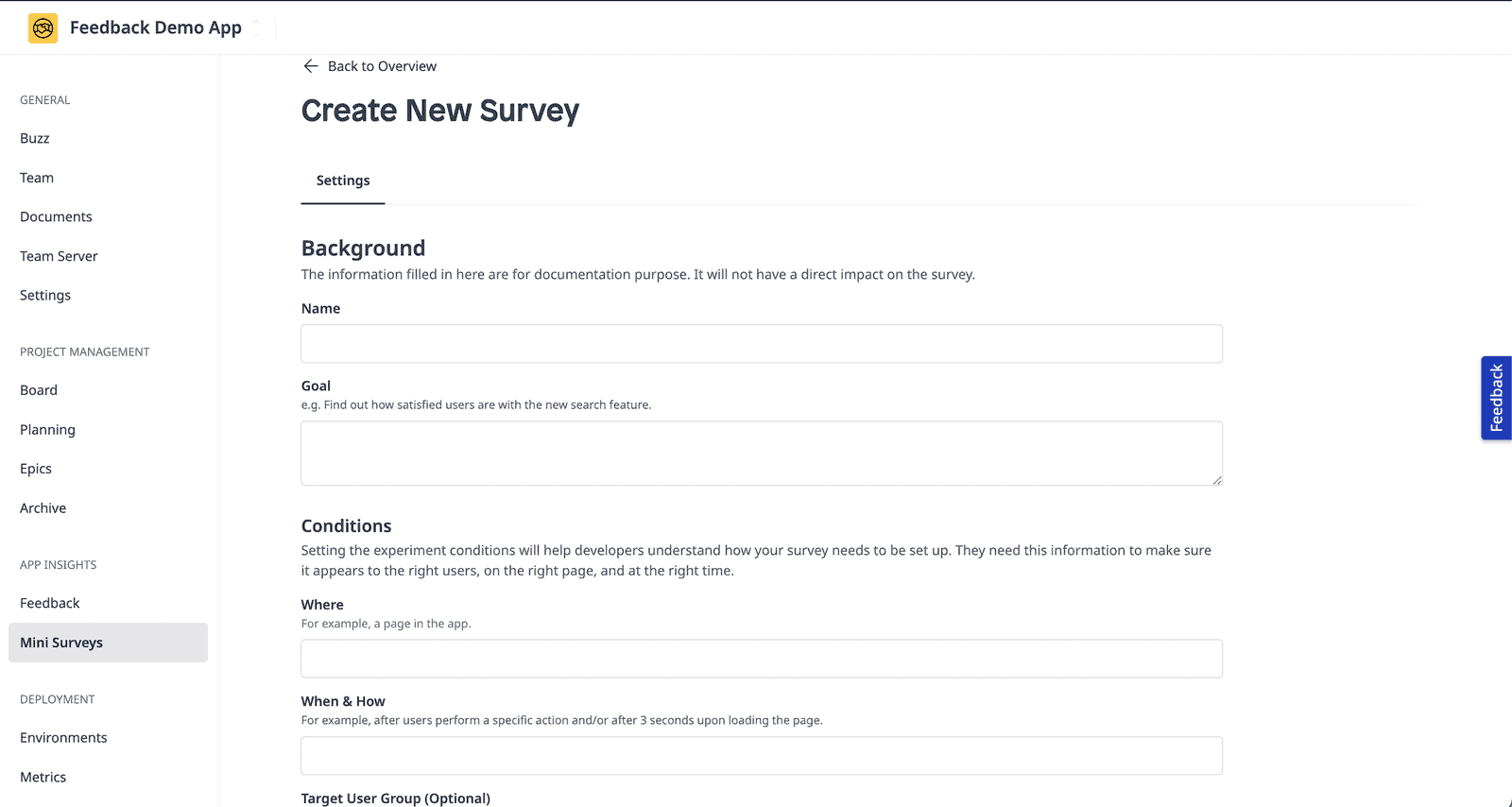How to Collect and Analyze User Feedback in Your App

There are many application performance metrics that you should track as a developer to evaluate app effectiveness and ensure usage and growth. Some of the most popular metrics are CPU usage, latency and uptime, response time, or error rates. But how can you gauge users’ satisfaction or dissatisfaction with your app? And how do you decide whether or not to work on a new feature if you don’t know if the user needs it? The answer couldn’t be simpler: user feedback.
Why collect user feedback?
Effective collaboration throughout the entire development lifecycle is the best way to build high-quality software. When you develop an application, it’s a good idea to collaborate and communicate with your key stakeholders – the end-users. You should ensure a continuous feedback loop, not only during development and testing but also when the app is in production.
Communication with users ensures that your development team gets the right contextual information, allowing ideas to be directly incorporated into the development process for bug fixing and improvements. Not only are critical issues more quickly addressed this way, but the implementation of new ideas is more closely aligned with what the users actually want.
Effective collaboration and communication with them can make or break your project, and in this article, we’ll look into how Mendix enables developers to collaborate with end-users to collect and aggregate their feedback effectively.
Bringing you closer to your users
You might already know about the Feedback and Mini Surveys modules available in Mendix Marketplace. They allow you to set up an in-app feedback widget or a mini survey pop-up to collect user feedback. This summer, we also launched Mendix App Insights, a suite of tools that allows you to easily consolidate and analyze any feedback you’ve collected:
• Feedback Management – a comprehensive way to view, manage, and process feedback items.
• Mini Surveys – a pop-up survey for a specific user group, displayed as a floating button at a specified time and location (page).

Feedback management
The Feedback Module allows you to gather end-user feedback through various phases of product development processes. You can easily download, install, and configure it directly in Studio Pro. It is displayed on the screen as a sticky feedback tab off to the side of the page. Here, users can submit feedback about your app, including a screenshot. Screenshots can be annotated using the freehand drawing tool included in this widget. Additional information such as the user’s username, user roles, active form, browser, and screen resolution is also automatically attached.

Submitted feedback items automatically land in Feedback Management. It’s a centralized dashboard that you can find in the project section of the Developer Portal, where your development team can manage, review and triage the feedback items.
This Feedback Module enables a very fast feedback loop between the development team, stakeholders, and key end-users, in turn enabling quick improvement of the app under development. The always-on feature ensures continuous communication with your end-users, instant user bug reporting, and a flow of new ideas for improvements. The management features enable your team to fully integrate user feedback into the natural development cycle.
Mini Surveys
The Mini Surveys feature allows you to create a survey of up to three questions to gather feedback or measure app satisfaction/NPS scores. You begin by creating a mini survey in the Developer Portal, and then you implement the mini survey by configuring the Mendix Mini Surveys module in Studio Pro. You can specify the following conditions of the survey:
• Where – the location where the mini survey appears.
• When & How – what can trigger the mini survey to appear.
• Target User Group – the target user group you would like to reach. Leaving the text box empty means you would like to reach all users.
• Duration according to your preferences.
• Test Mode to experiment with the survey before rolling it out to a broader audience.
• Access to a comprehensive response overview for in-depth analysis.

When ready, the survey is displayed as a floating pop-up button in the app. You can view responses that have been collected in Mini Surveys in the Developer Portal and export the responses to an XLSX file. You can read more about Mini Surveys from one of our community members, Jacob Boer, here.
Feedback Management or Mini Surveys – which one to choose?
Both features are designed to allow you to collect feedback from your end-users but serve different purposes.
Feedback Management provides a continuous feedback loop – a communication channel with the users and feedback management with resolution status notifications. It’s still up to you and your team whether or not you accept the submitted feedback, however. Once feedback is accepted, you can decide the priority and convert it to a user story using Mendix Epics or Jira in the backlog of your app project. It is perfect for bug reporting, improvements, and new feature ideas.
Mini Surveys are a great option for specific ad-hoc questions about user satisfaction with an app or a specific feature, new ideas validation, or any other quick user research. Mini surveys can be displayed to a specific group of users at a given time and place (triggers). And remember the golden rule of asking for feedback: the best timing is after a task is completed or when the user has reached a milestone in the app.
We don’t advise displaying both the Feedback widget and a mini-survey simultaneously, as the two pop-ups might negatively influence the user experience and make the screen look crowded.
Start asking for feedback now
Ready to see what your users have to say? Here’s where you will get more information on how to access App Insights: https://docs.mendix.com/developerportal/app-insights/
